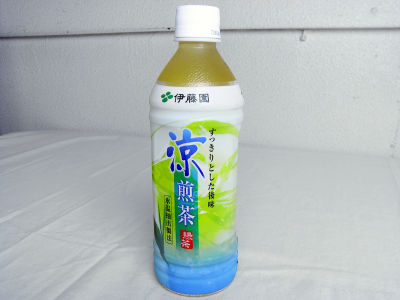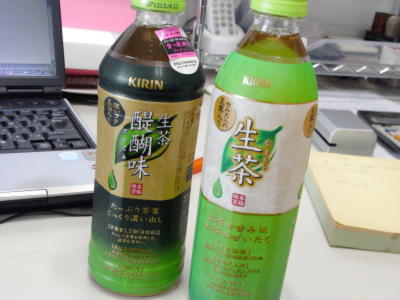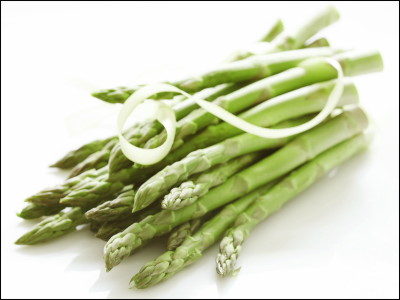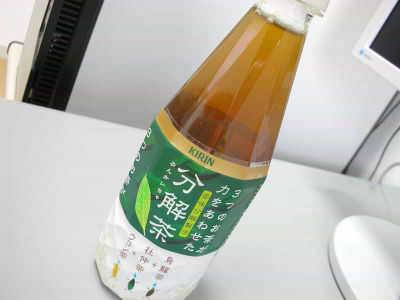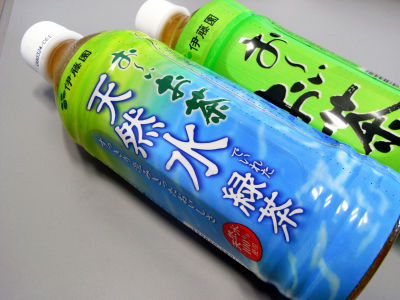What is the 'fermentation of tea leaves' that influences the individuality of tea?

Black tea, Chinese tea, Japanese tea, and other teas that are drunk all over the world are decocted
Oxidation Makes Tea Black – Sophie's Cuppa Tea
https://www.sophiescuppatea.com/blogs/news/oxidation-makes-tea-black
◆ What is tea leaf fermentation?
Fermentation in the original sense means that the components contained in food change due to the action of microorganisms such as lactic acid bacteria and yeast. When this change is beneficial to humans it is called 'fermentation' and when it is harmful it is called 'rot'. For example, the reaction in which yeast decomposes sugar contained in rice into alcohol and carbon dioxide is truly fermentation.
However, according to Sophie's Cuppa Tea, 'fermentation of tea leaves' is not due to microorganisms, but means ' oxidation reaction ' in which the components contained in tea leaves change in combination with oxygen etc. by losing electrons. In other words, 'fermentation of tea leaves' is scientifically different from fermentation. The oxidation reaction of tea leaves came to be called 'fermentation' because the technical term meaning 'oxidation' in Chinese was similar to the word meaning 'fermentation', so it was mistranslated when introduced to English-speaking countries. It seems that the misunderstanding that 'fermentation is important for tea production' has become established.
◆ What happens in the oxidation reaction of tea leaves?
Freshly picked tea leaves are rich in catechins , which cause bitterness. Catechin is converted to tannin by oxidation. Tannin is a substance that causes astringency, but it has less bitterness than catechin, and as a result, when tea leaves oxidize, the bitterness is reduced.

In addition, the oxidation of tea leaves has a great effect on color. Catechin itself is colorless, but
In addition, caffeine contained in tea leaves does not change by oxidation itself, but when roasted to stop oxidation, it precipitates outside the tea leaves. Therefore, if the tea is sufficiently oxidized, the amount of caffeine contained in it will be low. In addition, the protein contained in tea is decomposed by oxidation, which greatly changes the taste of tea.

by
Oxidation of tea leaves begins when the tea leaves are damaged, the cells break down, and intracellular oxidases are released. White tea produced in Fujian and Hunan provinces in China oxidizes only 3-4% of the total, so leave the leaves picked to proceed with oxidation. On the other hand, if you want to oxidize the tea leaves to the maximum, you need to knead them firmly by hand or roll them with a roller after picking them to further damage the tea leaves.
And the temperature of around 30 ℃ is important to activate the oxidase. On the contrary, to stop the oxidation, the enzyme should be inactivated by heat, so it is OK if the tea leaves are roasted or steamed and placed at a high temperature. The flavor of tea changes not only in the degree of oxidation but also in the process of stopping this oxidation reaction.
◆ Differences in tea depending on the degree of oxidation
Even with the same tea leaves, the type of tea varies greatly depending on the degree of oxidation. For example, green tea , which is often drunk in Japan, is characterized by the fact that the tea leaves are roasted or steamed immediately after being picked, and the oxidation reaction hardly proceeds. The color of the tea is green and the caffeine content is high because it is hardly oxidized. In addition, the bitterness caused by catechins also comes out in the taste.
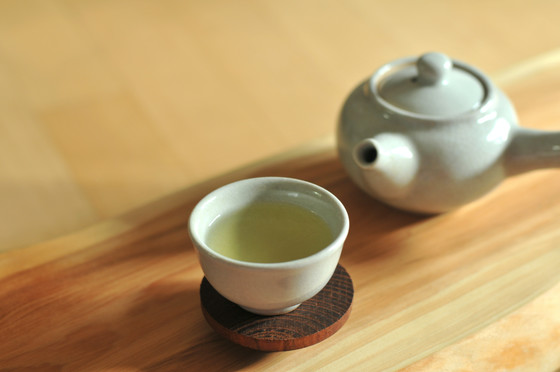
White tea , which is left as it is picked and slightly oxidized, is left until the oxidation reaction stops naturally, so it does not heat the tea leaves. However, if the water content of the tea leaves is low, the oxidation reaction will proceed slowly over time, and white tea left in this state for several years or more is called ' old white tea '. It seems that the degree of oxidation of old white tea is about 5 to 6%, and although it is slightly more oxidized than white tea, it is treated as a luxury item.
Yellow tea promotes oxidation to the same extent as this old white tea. Yellow tea wraps dried tea leaves in cowhide paper and promotes the oxidation reaction in a hot and humid environment. However, since the tea leaves are fried in a kettle at the first stage, the oxidase contained in the tea leaves is inactivated. In other words, yellow tea is a rare tea that 'promotes the oxidation reaction without using the oxidase of tea leaves.' Oxidation reaction of yellow tea is carried out in a process called 'Yellow', but it seems that it is a corporate secret of tea farmers what kind of temperature control and humidity control are specifically performed.
Oolong tea, which is often drunk in Japan, is classified as ' blue tea '. After the picked tea leaves are dried, they are placed in a drum-shaped container and rotated to rub the tea leaves together to promote the oxidation reaction. Then, roast it in a kettle to stop oxidation, and knead the tea leaves well before drying. There are more than 800 types of oolong tea, some of which oxidize only about 10% and some of which oxidize up to 80%.
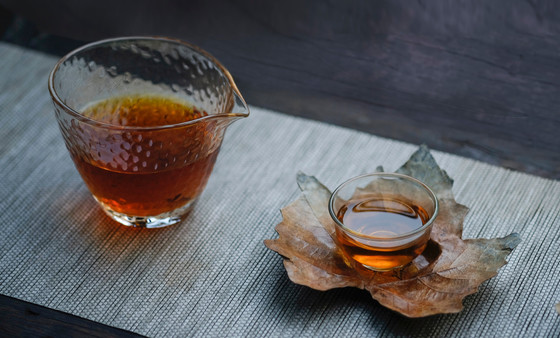
Black tea , which is drunk mainly in the United Kingdom and in Europe and the United States, is said to have a 90% to 95% degree of oxidation. As for black tea, repeated rolling into tea leaves causes more damage to the tea leaves, making it easier for the oxidation reaction to proceed. Therefore, black tea tends to be sweeter than other teas. In Japan and China, it is literally called 'black tea' because of its color, but overseas it is called 'Black Tea' due to a mistranslation.
In China, ' black tea ' is a part of tea such as Pu'er tea , which is characterized by using decomposition by microorganisms, that is, fermentation in the original sense. The catechins, tannins, and amino acids contained in tea are decomposed by Jiuqu , so it is also important to change the taste to a smooth and mellow taste. In addition, after fermentation by microorganisms, it is said that black tea will become even more flavorful by performing an oxidation reaction with enzymes.
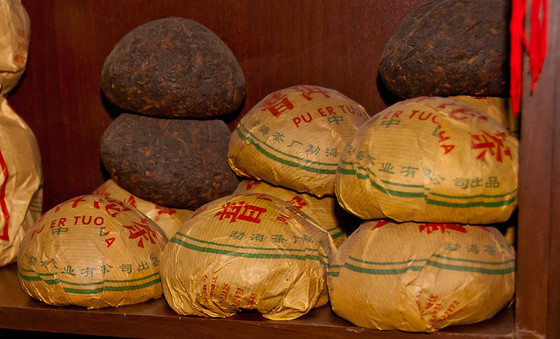
by Matteo X
Sophie's Cuppa Tea says, 'If you know what the oxidation of tea leaves is, it will be easier to see the oxidation of the tea. If it is sweet, the oxidation is quite advanced. It's like grass. If the scent is strong, it means that the oxidation has not progressed. Also, it is possible to know the degree of oxidation of tea leaves from the color. '
Related Posts:
in Junk Food, Posted by log1i_yk

